1. Japan: A Feast of Small Plates and Harmony

Dinner in Japan is often a peaceful, artful experience. Instead of one big main dish, you’ll find several small plates—rice, miso soup, grilled fish, pickled vegetables, and maybe some tofu. The balance of flavors and presentation is key. Everyone eats quietly, focusing on appreciating the taste and the company rather than rushing through the meal. It’s about respect and mindfulness, making the meal almost meditative shares New York Times.
Sharing isn’t common, so everyone has their own set of dishes, but the table is still communal. Chopsticks and careful etiquette rules add a layer of formality. Dinner is often light, too—nothing too heavy or greasy. It’s a beautiful contrast to the noisy, fast-paced meals many of us might be used to adds Yahoo.
2. Ethiopia: Injera and Communal Eating

In Ethiopia, dinner is all about sharing from a giant flatbread called injera. This sourdough-like bread serves as both a plate and a utensil. Various stews called wats are piled on top, and everyone dips and scoops together, eating from the same communal platter. The meal is a social event where the act of sharing food physically brings people closer says Eater DC.
There’s no silverware here; your hands do the work. Eating communally like this emphasizes connection and trust within the family. The flavors are rich and spicy, with berbere seasoning creating a warm kick. Dinner time feels less like a routine and more like a celebration of togetherness says the Washington Post.
3. Mexico: Vibrant, Loud, and Full of Color
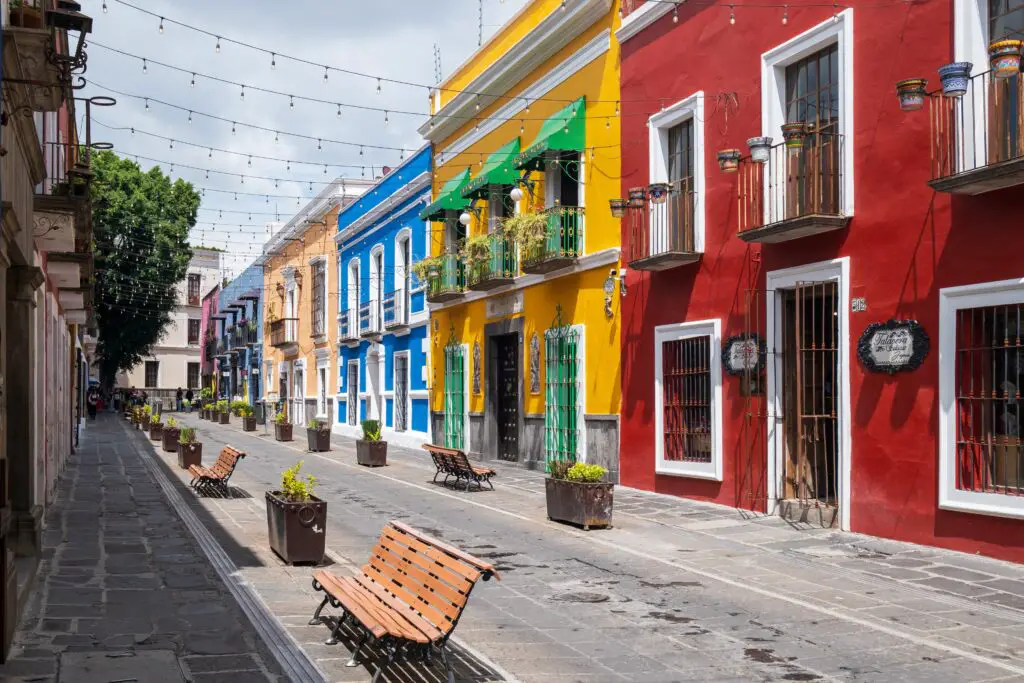
Mexican family dinners are lively affairs filled with chatter and laughter. You can expect tortillas, beans, rice, salsa, and a variety of meats on the table. The aroma of fresh cilantro and lime fills the air. It’s a sensory feast where everyone talks over each other, sharing stories from the day.
Meals are often long and relaxed, with food being just one part of the experience. Kids run around, and older relatives pass down recipes and jokes. It’s less about formal dining and more about warmth and connection. The dishes are bold and hearty, perfect for a big family gathering.
4. Italy: Dinner as an Event That Lasts Hours
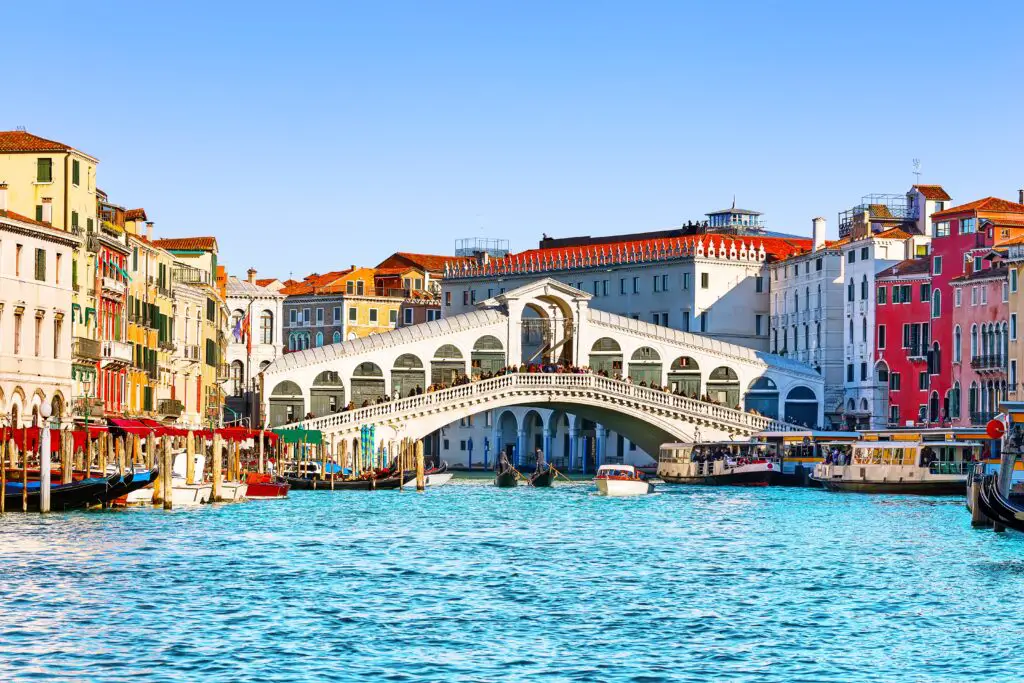
In Italy, family dinners stretch for hours, often starting around 8 PM. They revolve around multiple courses, from antipasti (starters) to pasta, then meat or fish, and finally dessert. Wine flows freely, and the atmosphere is casual but full of love. The focus is on savoring each dish and each moment with family.
Conversations are animated and loud, with everyone sharing opinions about the food, politics, or the day’s events. Meals are never rushed; they’re the glue that holds family life together. This tradition makes dinner feel like a treasured ritual, unlike the grab-and-go meals so common elsewhere.
5. Morocco: Spices and Couscous Ceremonies
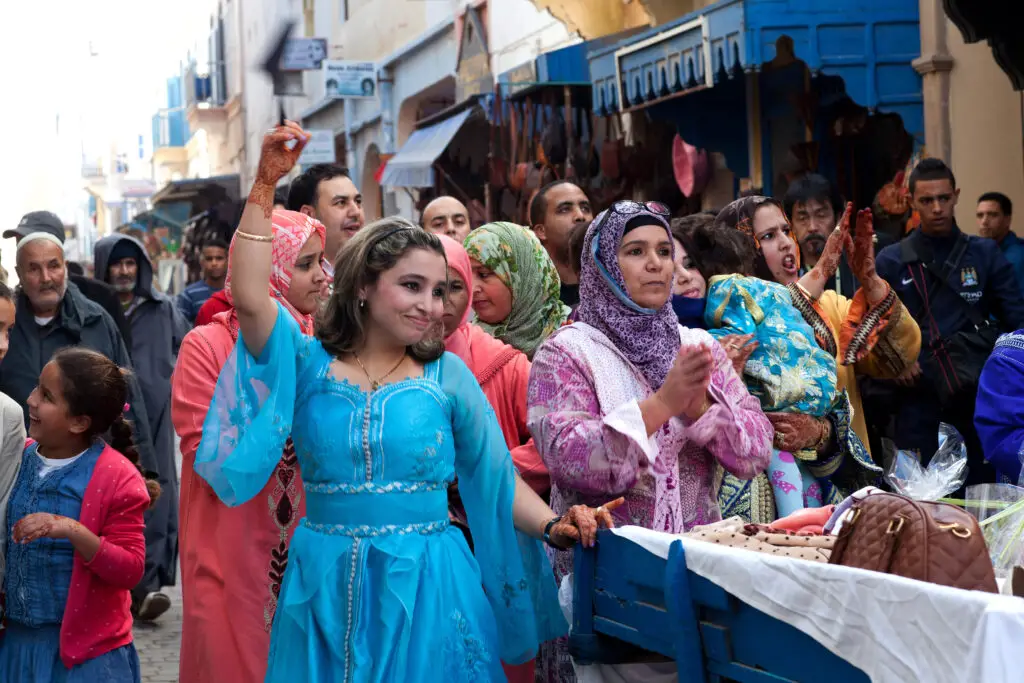
Dinner in Morocco centers around a huge shared dish of couscous topped with vegetables and meat. The food is richly spiced with cumin, coriander, and saffron, creating a warm, inviting aroma. The family gathers around a low table, eating together with their hands from a communal platter.
This isn’t just about food; it’s a ceremony of hospitality and respect. Guests are offered the best portions, and tea is served afterward to aid digestion. Eating with your hands creates a tactile connection to the meal and to each other. The pace is slow, and the conversation often dips into storytelling.
6. South Korea: Rice, Banchan, and Respectful Silence
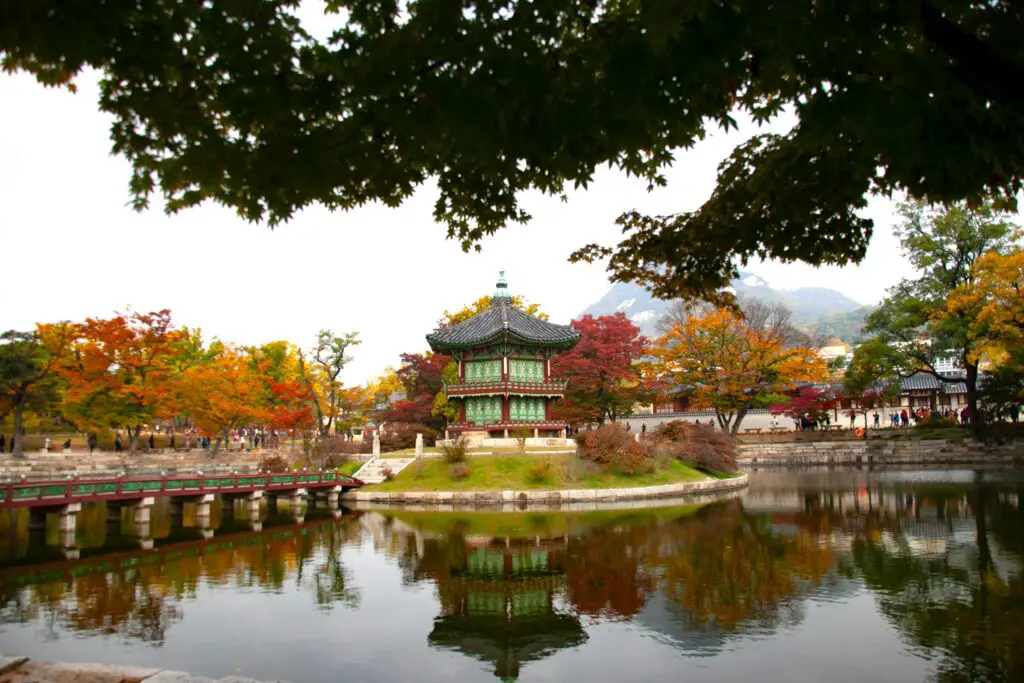
A Korean family dinner features rice, soup, and numerous banchan—small side dishes like kimchi, pickled vegetables, and seaweed. Each person gets their own bowl, but the side dishes are shared. There’s a respectful silence as everyone eats, reflecting a cultural value placed on mindfulness and discipline during meals.
Meals often end with a cup of tea or sometimes soju, but the focus remains on balance and health. Younger family members typically wait for elders to begin eating before they start. It’s a dinner filled with ritual and order, contrasting with the loud family dinners some may be used to.
7. France: Artisanal Bread and Long Conversations

In France, dinner is often simple yet elegant—fresh bread, cheese, a salad, and a main course made with fresh, local ingredients. The meal is savored slowly, accompanied by wine and plenty of conversation. It’s as much about the company as the food itself.
Family dinners can last a couple of hours, with plenty of laughter and storytelling. Unlike fast food culture, this is a moment to unwind and reconnect. Each bite is enjoyed without rush, and the table is a gathering spot for sharing not just food but life updates.
8. India: A Feast of Flavors and Sharing
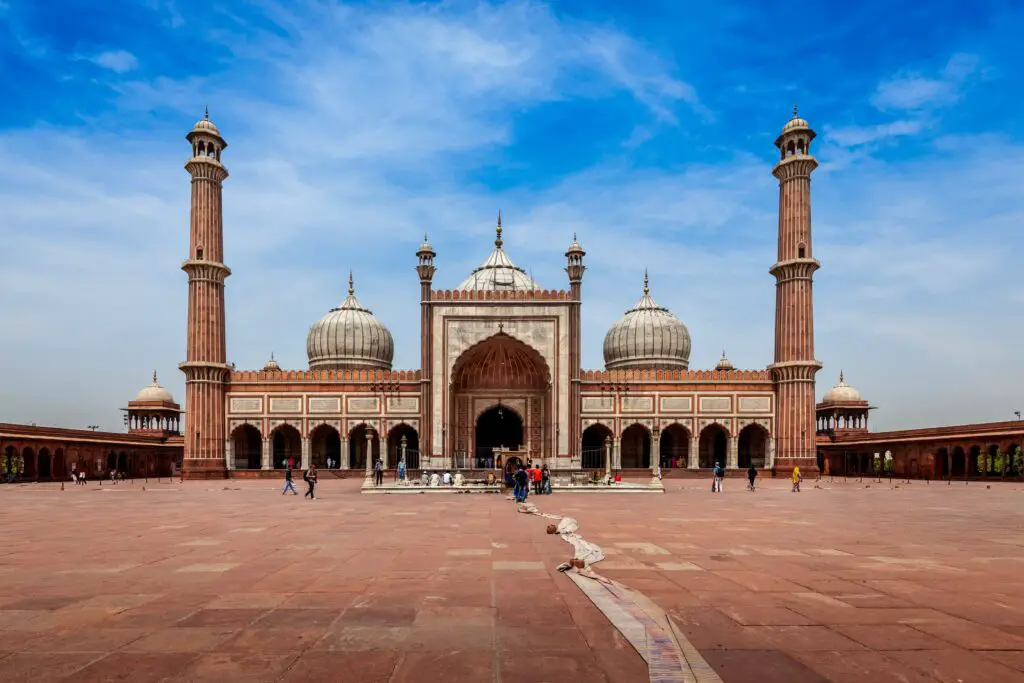
Indian dinners are colorful, spicy, and full of variety. Plates often have rice, lentils (dal), various vegetable curries, and bread like roti or naan. Families typically share everything, passing dishes around the table and helping themselves freely.
Meals are vibrant and sensory, with fragrant spices like turmeric, cumin, and garam masala filling the air. Eating with your hands is common, enhancing the connection to the food. The meal often ends with a sweet treat, making dinner both nourishing and celebratory.
9. Greece: Mezze and Family Stories

Greek dinners often start with mezze, an array of small dishes like olives, feta cheese, and tzatziki. These appetizers are shared among the family, accompanied by strong coffee or wine. The food is fresh, simple, and deeply rooted in Mediterranean flavors.
The meal is a social affair where stories and laughter flow as freely as the wine. It’s not uncommon for dinners to last late into the evening, emphasizing connection and tradition. The food feels like an extension of the family’s warmth and history.
10. Brazil: Barbecue and Festive Vibes

Brazilian family dinners often center around churrasco, a style of barbecue featuring various grilled meats. The meal is festive and loud, with music and lots of movement. Side dishes like rice, beans, and farofa (toasted cassava flour) round out the hearty feast.
The atmosphere is casual and joyful, with everyone encouraged to eat and chat freely. Meals are often outdoor events when possible, blurring the line between dinner and a party. This dinner style feels like a big celebration of life and family.
11. Thailand: Spicy, Sweet, and Shared Plates

Thai dinners are a perfect balance of spicy, sweet, salty, and sour flavors. A meal usually consists of several dishes placed in the center of the table for everyone to share—curries, stir-fries, rice, and fresh herbs. The food is vibrant and full of contrast.
Eating is an interactive experience with chopsticks or spoons, and the pace is relaxed. Meals are often noisy, filled with teasing and laughter. This shared approach emphasizes family unity and the joy of eating together.
12. Russia: Hearty and Hearty Still

Russian family dinners are warm and filling, often featuring soups like borscht, hearty meats, potatoes, and pickled vegetables. The meal feels cozy, especially during long, cold winters. Vodka might make an appearance to toast family and friendship.
The table is a place of comfort where stories from the day are exchanged. Meals are slower paced and emphasize nourishment and togetherness. It’s a kind of resilience found in sharing simple, substantial food.
13. Turkey: Mezze and Late-Night Conversations

Turkish dinners often revolve around mezze platters filled with hummus, eggplant dishes, olives, and fresh bread. The meal stretches late into the night, with endless cups of tea or strong Turkish coffee. It’s a time for deep conversation and storytelling.
Food is central but so is connection. Families take their time, savoring both the flavors and each other’s company. The atmosphere feels warm and inviting, like an ongoing family celebration.
14. Lebanon: A Spread of Freshness and Friendship

Lebanese dinners are a colorful spread of fresh vegetables, grilled meats, hummus, tabbouleh, and pita bread. The food is light but flavorful, emphasizing freshness and health. Everyone shares from large platters, passing dishes around as stories unfold.
Dinner is about more than just eating—it’s about hospitality and making guests feel like family. The mood is often upbeat, with music and laughter filling the air. It’s a beautiful reminder that meals can nourish both body and soul.
